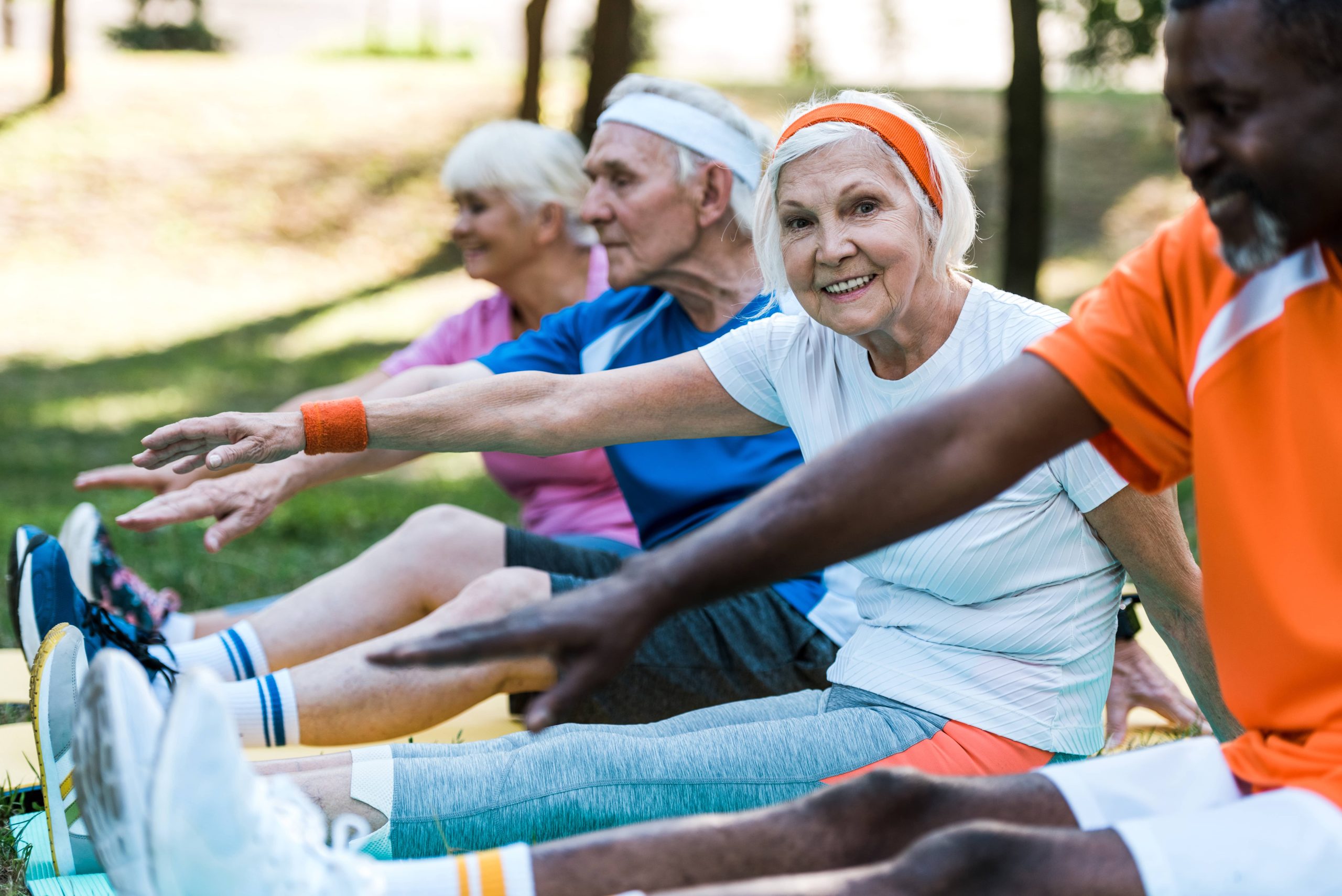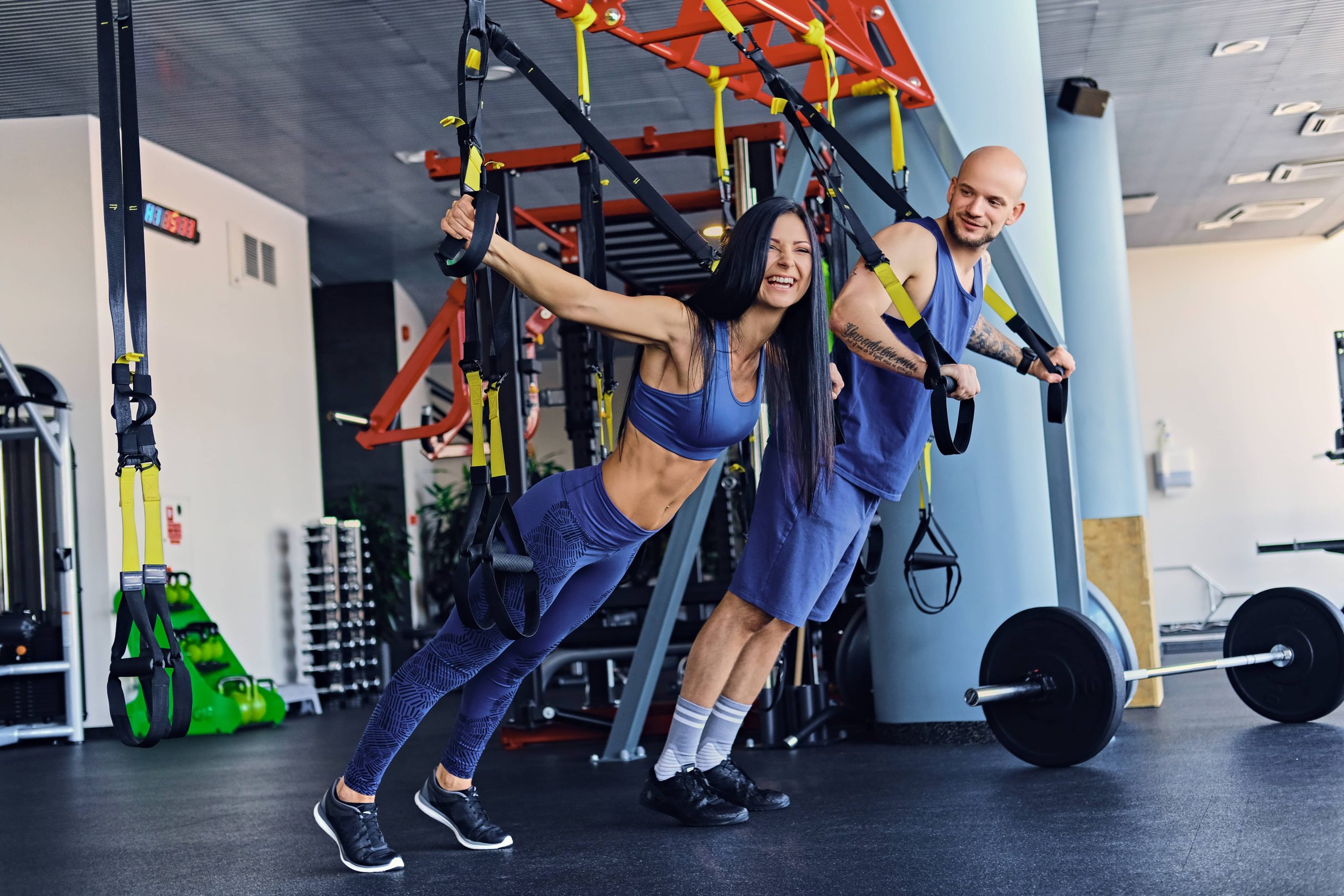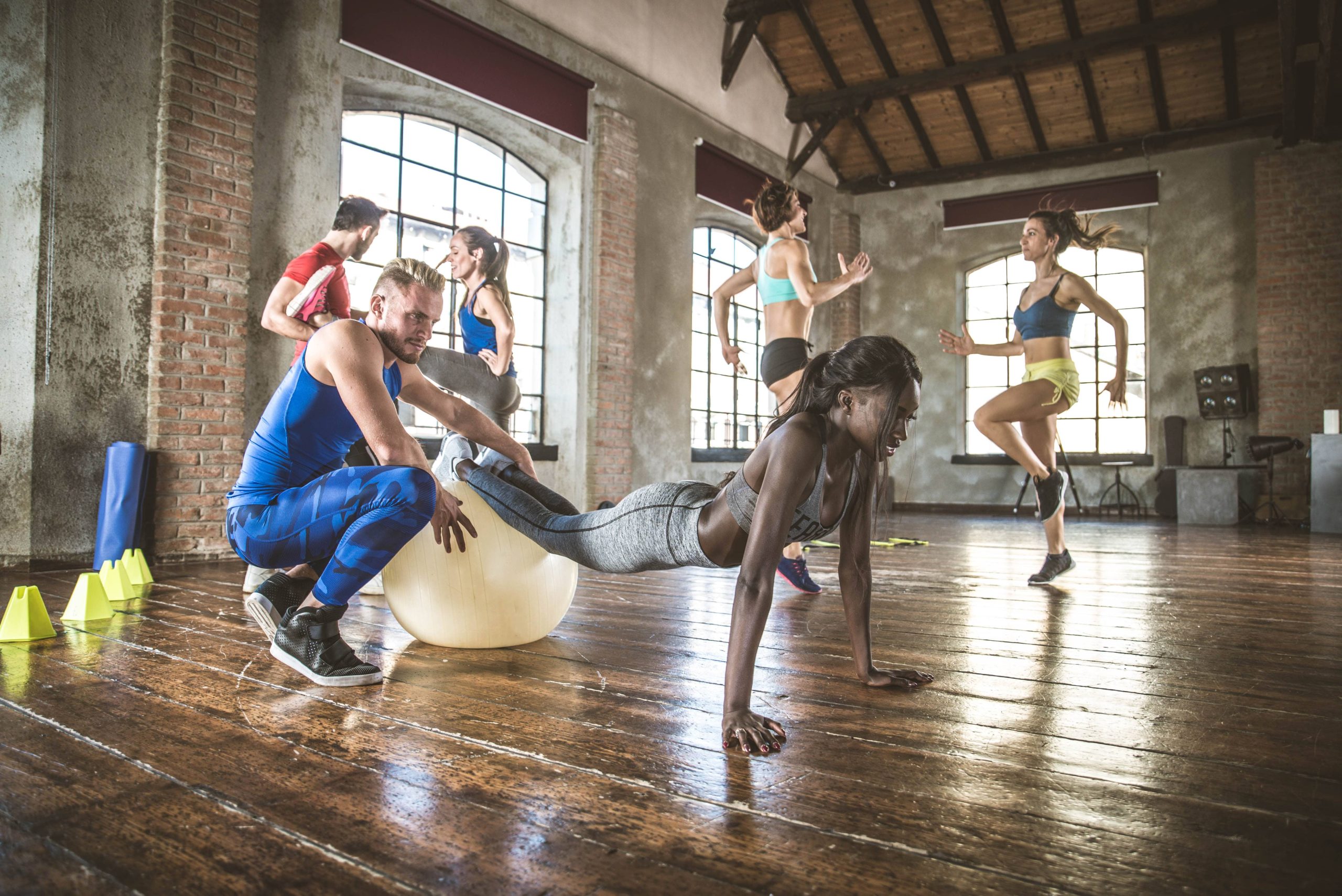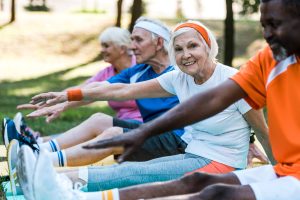
—
In a world increasingly dominated by technology, we’ve become accustomed to a lifestyle that is often more sedentary than ever before. Our daily lives and work environments encourage minimal physical movement, pushing us toward a growing culture of immobility. Yet, the human body is designed for movement. It thrives on it, craves it, and withers without it. Movement is essential not only for physical well-being but also for mental and emotional health. With this in mind, the “Mission to Move” emerges as a pivotal call to action, urging us to embrace dynamic change and leverage the transformative power of movement.
Understanding the Importance of Movement
Before delving into the essence of the “Mission to Move,” it’s important to understand why movement is so crucial. Physically, movement enhances cardiovascular health, builds muscular strength, improves flexibility, and helps maintain a healthy weight. But perhaps less commonly known are the profound benefits of movement on mental health. Regular physical activity releases endorphins, often dubbed as ‘feel-good’ hormones, which help reduce stress, anxiety, and depression. Moreover, it enhances cognitive function, leading to improved concentration, sharper memory, and increased creativity. The benefits of movement weave a complex tapestry that highlights how intrinsic movement is to a balanced, fulfilling life.
Why “Mission to Move”?
The “Mission to Move” is not just a simple initiative on a checklist of health improvements; it’s a revolution aimed at transforming how we perceive and incorporate movement into our daily lives. In essence, it is a holistic approach encouraging us to break free from the confines of inertia and embrace a lifestyle centered around dynamic change. Here’s why this mission is crucial:
1. Combating Sedentary Trends: As technology continues to evolve, more individuals find themselves tethered to screens, whether for work or leisure. According to studies, prolonged periods of sitting can be as harmful to health as smoking. The mission seeks to counteract this by integrating more movement into daily routines, thereby dismantling sedentary habits.
2. Enhancing Quality of Life: Movement is not just about physical fitness but about enriching one’s overall quality of life. Those who engage in regular physical activity often report higher levels of happiness, more energy, and greater life satisfaction.
3. Fostering Community and Connection: By promoting group activities such as walking clubs, dance classes, or team sports, the mission also aims to foster social connections, which are vital components of emotional health.
4. Creating Sustainable Habits: The goal of the mission extends beyond short-term fitness goals. It’s about cultivating long-term lifestyle changes that seamlessly integrate movement into our daily lives, ensuring continuous improvements in health and well-being.
Strategies to Ignite the Mission to Move
Redefining Movement
One of the fundamental aspects of the Mission to Move is redefining what movement means. It’s not restricted to gym workouts or structured exercise regimes. It’s about finding opportunities to move more, in myriad little ways, throughout the day. Walking while taking calls, opting for stairs over elevators, or even standing up to stretch every hour contributes to the mission’s success. These small incremental changes cumulatively make a significant difference.
Mindful Movement
Incorporating mindfulness into movement practices can enhance the benefits tenfold. Mindfulness allows individuals to be present during movement, enhancing the mind-body connection. Yoga and tai chi are excellent examples of practices that promote mindful movement, but even regular activities like walking or cycling can become mindful exercises with the right focus and intention.
Utilizing Technology for Movement
Ironically, the same technology contributing to sedentary lifestyles can also promote movement. Fitness trackers, pedometers, and smartphone apps can encourage physical activity by setting goals and tracking progress. Social media platforms can be used to form digital communities and challenges that motivate and hold individuals accountable.
Workplace Wellness
Given the amount of time people spend at work, workplaces play a crucial role in the mission to move. Encouraging walking meetings, standing desks, or dedicated movement breaks can transform sedentary work routines into opportunities for enhanced health and productivity.
Educational Initiatives
For the Mission to Move to achieve widespread impact, it’s essential to instill these values from an early age. Schools and educational institutions can adopt programs that emphasize the importance of physical activity, making it a natural part of daily life for children and adolescents.
Overcoming Barriers to Movement
While the benefits of movement are clear, obstacles do exist. Time constraints, limited access to facilities, physical limitations, and lack of motivation are common barriers. However, the mission to move emphasizes adaptability.
1. Time Management: Integrating movement into daily tasks can circumvent time-related challenges. Short, focused bursts of activity—like high-intensity interval training (HIIT)—can yield significant benefits without requiring large time commitments.
2. Inclusivity: The mission embraces the idea that movement can be customized to fit individual abilities. Adapting activities to meet personal levels ensures that everyone, regardless of age or physical condition, can participate and benefit.
3. Motivational Support: Creating supportive environments that encourage and reinforce movement can drive motivation. Support may come from community groups, friends, family, or even motivational platforms online.
Conclusion: Join the Movement
The Mission to Move is not just a program or a campaign; it’s a cultural shift. It embodies the belief that small, consistent changes lead to significant, sustainable transformation. Whether it’s taking the stairs, dancing in the living room, or engaging in a sport, each step contributes to a healthier, more balanced life.
In essence, the mission to move is a clarion call, urging us to break away from sedentary constraints and embrace the power of movement. As we pursue this mission, we do more than just move; we create momentum that leads toward a happier, healthier future—both individually and collectively. Remember, it begins with a single step. So, are you ready to embark on the Mission to Move? Join us in this vital journey today, and let movement lead the way to a brighter, more vibrant tomorrow.











